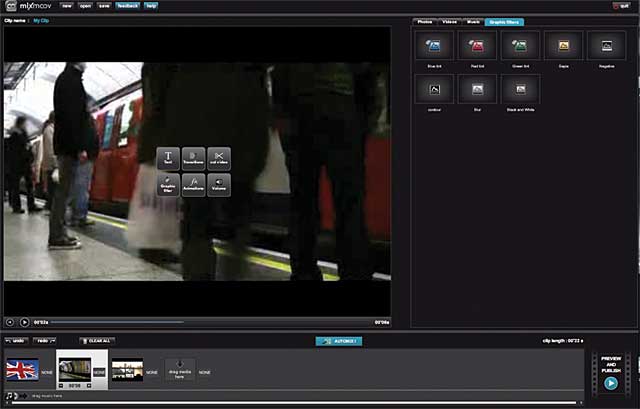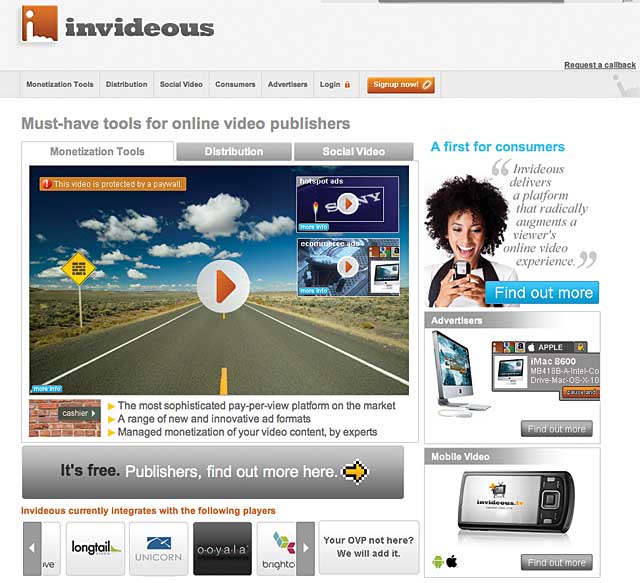2011 Editors' Picks for the Best in Streaming Video
HTML5 <video>
 We first heard about the HTML5 <video> tag in mid-2009, when Mozilla showcased Firefox 3.5 at the Open Video Conference in New York. Earlier in the year, Mozilla had granted the Wikimedia Foundation $100,000 to fund development of the Ogg container format, all in an effort to promote royalty-free, open source audio and video codecs that would become the de facto standard within the HTML5. Nothing much has come of the Ogg initiative—if you ask just about anyone, they’ll tell you Ogg is dead—but the promise of flexibility and cross-browser, cross-platform, cross-device reach remains, spurred on by Steve Jobs’ vehement (and somewhat disingenuous) dismissal of Flash and Apple’s refusal to support it on its iDevices. The bottom line is that 2010 was the year of HTML5, but with multiple codecs supported by the <video> tag, it’s sure to be at the forefront of our industry for years to come.
We first heard about the HTML5 <video> tag in mid-2009, when Mozilla showcased Firefox 3.5 at the Open Video Conference in New York. Earlier in the year, Mozilla had granted the Wikimedia Foundation $100,000 to fund development of the Ogg container format, all in an effort to promote royalty-free, open source audio and video codecs that would become the de facto standard within the HTML5. Nothing much has come of the Ogg initiative—if you ask just about anyone, they’ll tell you Ogg is dead—but the promise of flexibility and cross-browser, cross-platform, cross-device reach remains, spurred on by Steve Jobs’ vehement (and somewhat disingenuous) dismissal of Flash and Apple’s refusal to support it on its iDevices. The bottom line is that 2010 was the year of HTML5, but with multiple codecs supported by the <video> tag, it’s sure to be at the forefront of our industry for years to come.
—Eric Schumacher-Rasmussen
MIXMOOV
There’s been a lot of talk about ways to generate viewer engagement with video, but let’s face it: most video viewing is a one-way street. Sure, a viewer might lean forward for a few seconds, but once the video begins, it’s lean back all the way. MIXMOOV provides a tool to make it easy for viewers to actually interact with videos with cloud-based online video editing that lets them edit existing video clips, upload and remix existing clips with their own, or even use the Automix feature to let the software generate a new version from a set of style templates. Where MIXMOOV gets really interesting is when you start considering the business applications: contributors across the globe can collaborate via the interface without messy and resource-draining intermediary storage and networking technologies.
—Eric Schumacher-Rasmussen

Invideous
Invideous is making waves with its monetisation suite, which offers pay-per-view, in-video commerce, and in-video ad functionality all in one package, on a revenue share or CPM-based business model. The pay-per-view piece is perhaps the most innovative, letting publishers charge by the minute, by the view, or by time-based subscription, and viewers can pay via credit card or SMS. The combination’s a winning one, as Invideous has scored partnerships with Brightcove, Ooyala, LongTail, and Unicorn Media, and the company raised a six-figure investment last June.
—Eric Schumacher-Rasmussen
